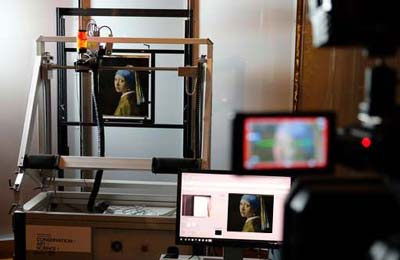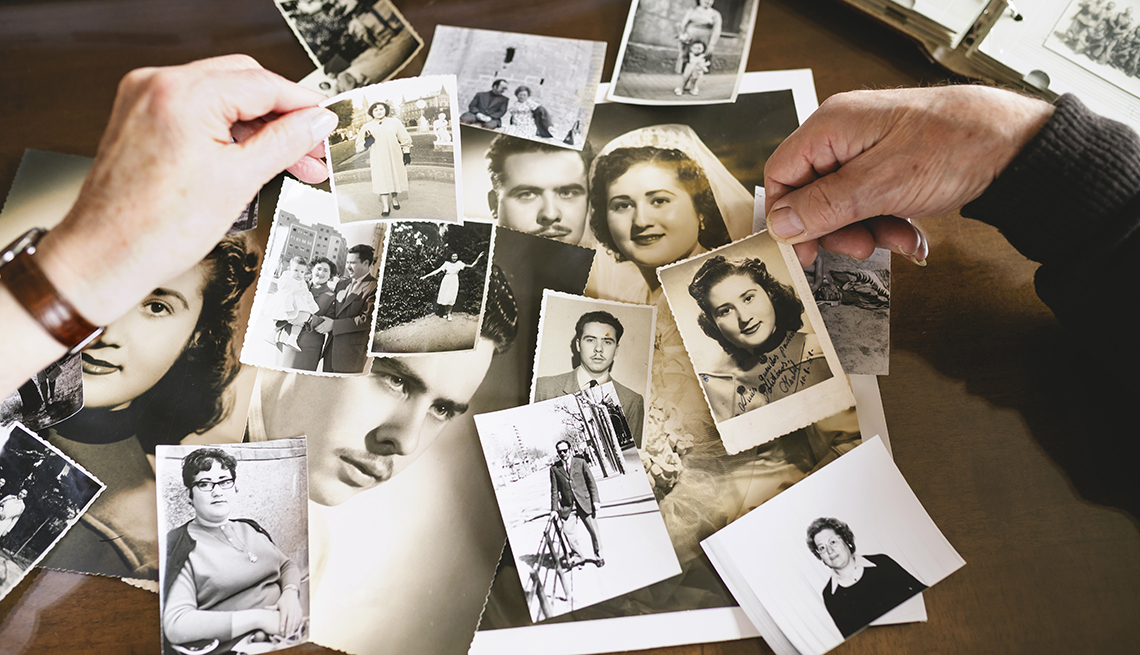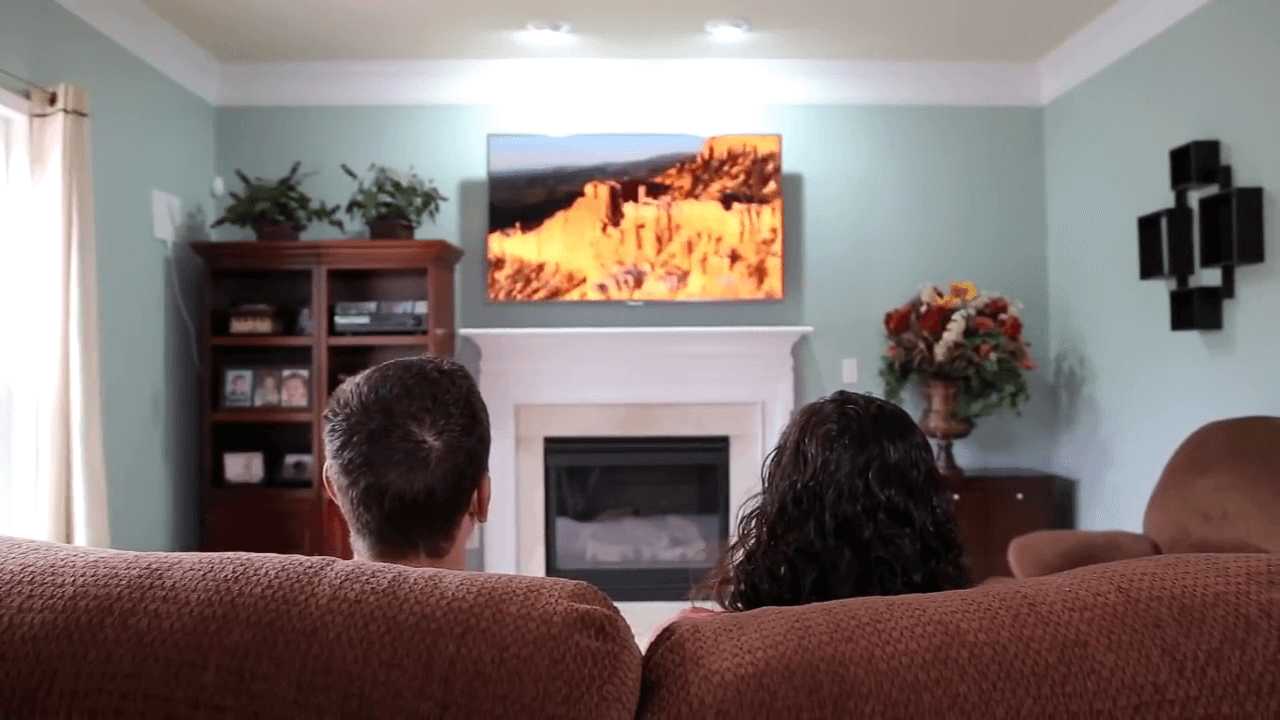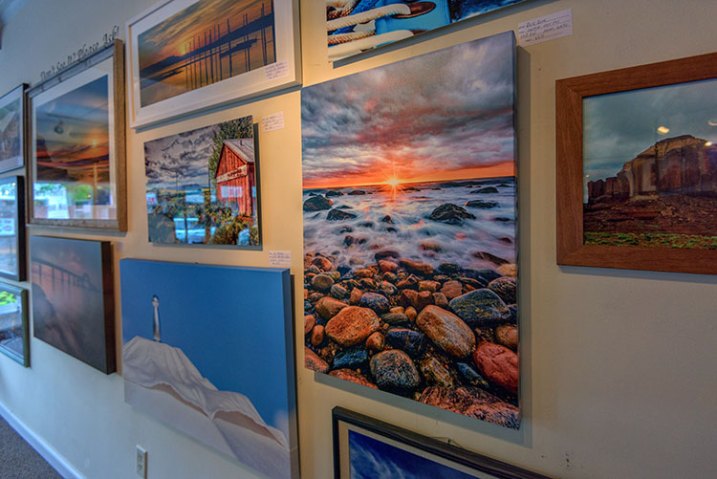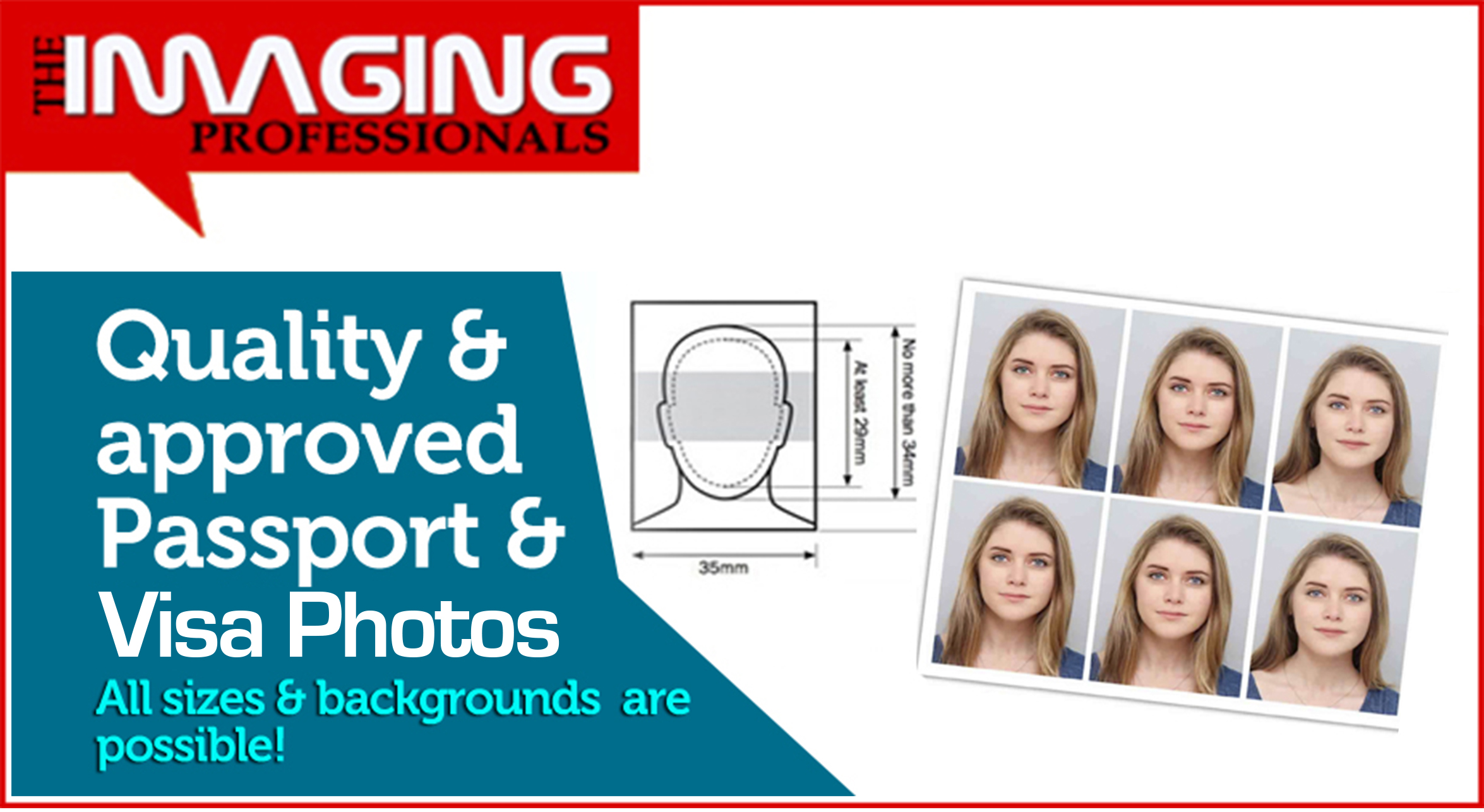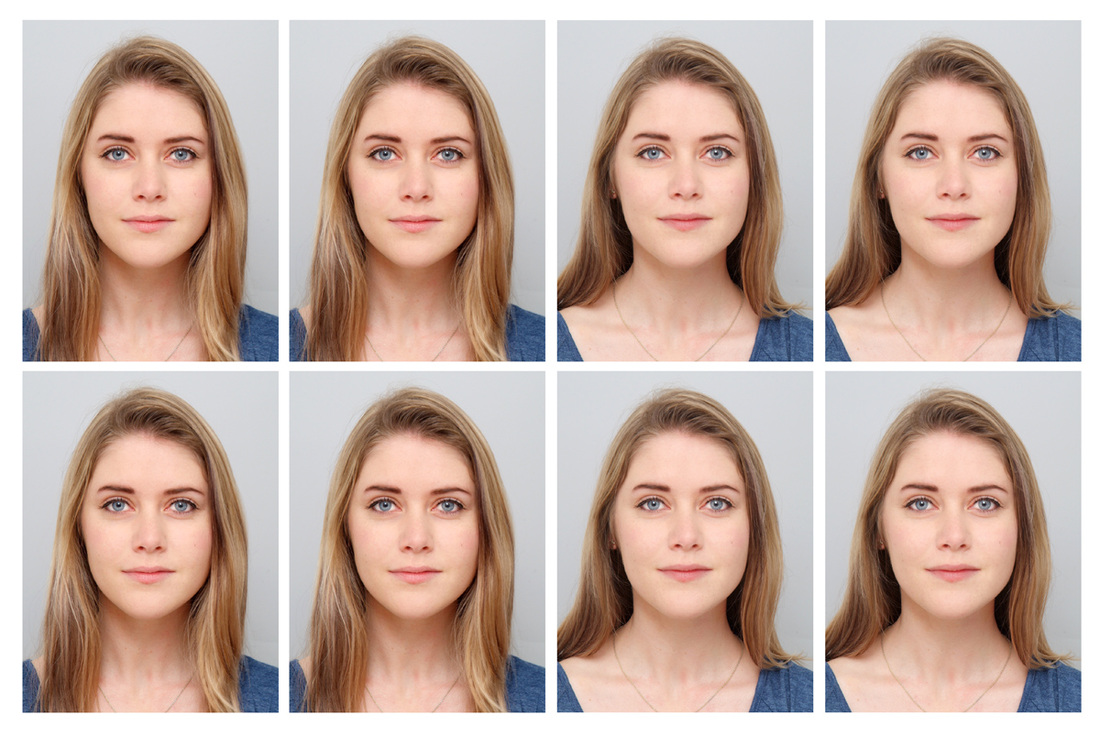On the off chance that you scanned a photo and need to enlarge it for printing or investigation, you can utilize an image-altering program. An image-altering program expands the image’s size by numerically enlarging the pixels that make up your photograph while keeping up a similar viewpoint. Despite the fact that it is a straightforward cycle, know that critical enlargement may cause your photographs to seem foggy when you print them.
Step 1
Open up an image-altering application on your PC. On the off chance that you are utilizing Windows, your PC as of now has Microsoft Paint introduced. Then again, you can likewise download a free proofreader called GIMP.
Step 2
Open the scanned photograph by going to “Record” then, at that point “Open.” Find the scanned photograph that you wish to enlarge.
Step 3
Snap-on the “image” tab on the menu situated at the highest point of the window. Select “resize/Skew.” Type in a rate amount in the width and stature boxes. For example, entering “200%” in both boxes will make the photograph twice as big. Guarantee that you enter a similar rate for both width and tallness, in any case, the image will seem slanted.
Step 4
Save the enlarged photograph by tapping on the “Save” symbol or by going to “Record” again and choosing “Save As.” Type in a name for the document.
Step By Step Instructions To Print Five By Five Photos
printing 5-inch square photographs is a genuinely straightforward cycle in the event that you approach an image manager and photograph skilled printer. Square photographs can be helpful for unique activities, like montages, or for custom 5×5 photo frames. Since the print size isn’t large, 5×5 prints likewise give the alternative of utilizing low-resolution images from phones or more seasoned computerized cameras without a high danger of poor image quality.
Step 1
Open the photograph you need to chip away at in an image-altering program.
Step 2
Snap-on the “image Size” exchange, typically situated in the “image” menu. Type 300 in the crate close to “resolution.” If you are starting with a low-resolution image, type 200 in the container, or leave it at default. A high resolution improves the nature of the printed image. Snap “Alright.”
Step 3
Select the yield instrument. Hold the “Shift” key, then, at that point snap and drag the pointer across the image from the upper left to the base right. Holding the “Shift” key ensures an ideal square. Delivery the mouse catch when completed and press “Enter.”
Step 4
Open the “Image Size” discourse once more, and ensure “inches” are chosen in the tallness and width regions. Check the “oblige extents” box. Type “5” into the stature box. The width will be determined naturally. Snap “Alright.”
Step 5
Put photograph paper into your printer, and select “Record,” then, at that point “print.” Make sure photograph paper is chosen as the “Paper type” choice, and snap “Alright.”
How Can I Say Whether My Report Is A Scanned PDF?
There are two primary sorts of PDF archives – those that are made electronically utilizing PDF creation programming and those that are made from a scanner or other photograph imaging gear. PDF creation programming really assembles a PDF archive that has an inward construction, indicating characters, textual styles, and position – albeit the crude data looks bad to the natural eye. A scanned PDF is essentially a level image of a record – thus, scanning a page of text results in a picture of words being represented on the screen. To take data from this kind of scanned PDF, OCR technology is required so that each character can be optically perceived and afterward represented.
You can by and large outwardly decide whether an archive is a scanned record by enlarging the picture on your screen and taking a gander at the content. A scanned image will seem to have a lot less fortunate resolution, when taken a gander at intently, than an electronically made PDF record.
Notwithstanding, in the event that you are as yet uncertain whether your PDF record is scanned or local (electronic), you can simply open the document in Able2Extract. Then, at that point left snap with your mouse on the record and drag the mouse pointer over a certain space (as though you are attempting to choose a bit of the information).
In the event that the entire chose region gets featured (blue) – not line by line, however as a strong blue square shape – it implies that the record is scanned. Henceforth, you will require a Professional release of our application, as just the Professional version contains the OCR motor needed to change over scanned PDFs.
Then again, if just the content is featured – line by line, while the region in the middle isn’t featured – the report is a local (electronic) and you needn’t bother with the OCR to change over it.
Please visit our studio at 173a Walsgrave Road, Coventry CV2 4HH to get your small photo prints enlarged by an experienced photographer.
The Imaging Professionals also offers VHS to DVD/USb conversion, 35mm Photo Slide Scanning, Picture Framing, and old Photo Restoration/Enlargement services.
